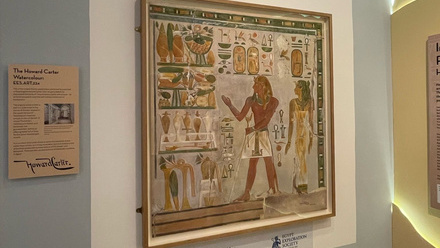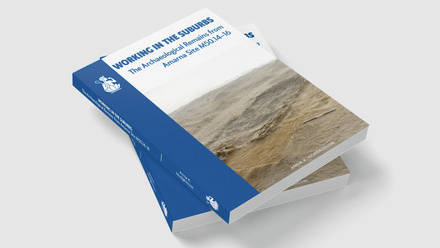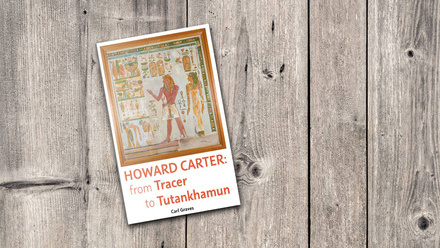The conservation of monuments and sites in Sudan during the Anglo-Egyptian Condominium period (1898-1956)
Preventing decays and repairing damages of monuments and sites were one of the responsibilities of the Sudan Antiquities Service (SAS) during the Anglo-Egyptian Condominium period (1898-1956). For instance, discussions about the need for protection of the Temple of Amun at Amara West was started soon after it was excavated by the EES Amara West expedition and the EES sent the funds for temporary protection work according to the SAS report and archival documents at the EES. The selection and conservation decisions in the past are relevant to the states of archaeological sites today.
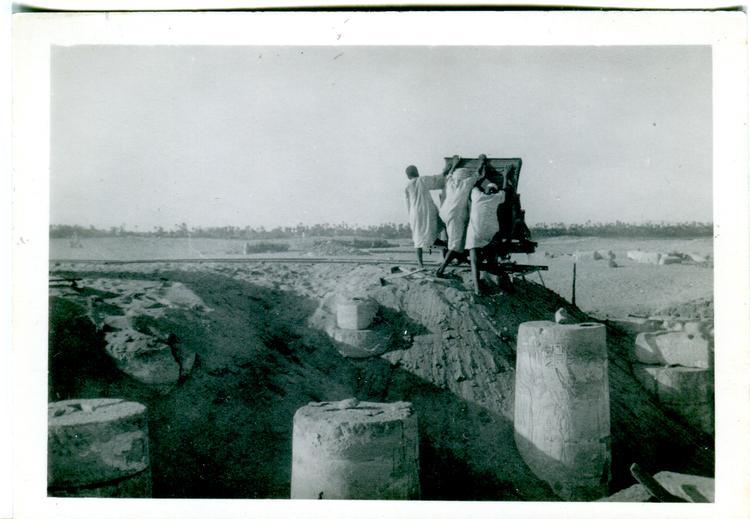
The temple of Amun at Amara West was reburied in the 1947-48 season (AW.PICT.47-48.493, Courtesy of the Egypt Exploration Society)
This project examines the history of conservation in Sudan by focusing on the decision-making process in conservation and management. How were the decisions made over what to preserve and which conservation method to apply? Who was involved in the process? It also critically examines conservation as a part of a colonial policy, and explores how the conservation decision was related to the representation and narratives of the Sudanese past during the Condominium period. Further, taking the mosque building at Old Dongola as an example, the conditions and causes of the deterioration of the building in the past and today are to be compared to understand the impact of climate change. The building was the subject of repair works several times from, at least, the 1930s to the 1950s by SAS. This research will expand my previous study on the history of archaeology in Sudan.
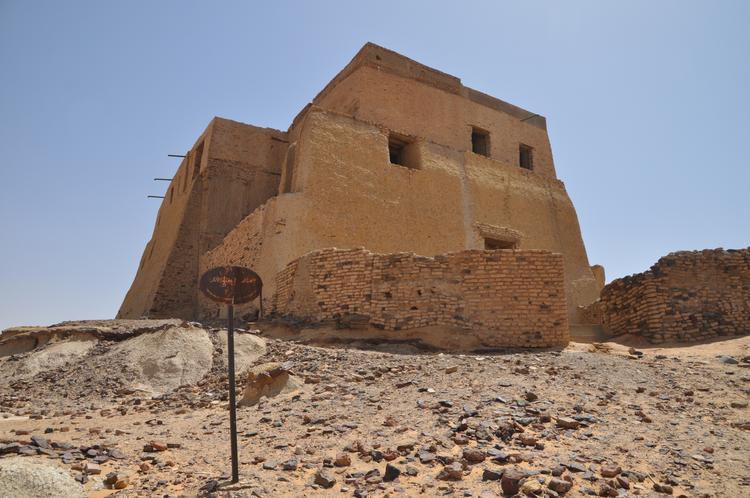
The mosque at Old Dongola was repaired several times during the Anglo-Egyptian Condominium period. A red enamel signage was installed by the Sudan Antiquities Service in front of the building. (Image: Polish Centre of Mediterranean Archaeology, University of Warsaw)
Thanks to the support of the EES Centenary Award, I was able to visit and consult the archival collections in Oxford and Durham. These include photographs, reports, personal correspondences, diaries, and newspaper clippings, created by or kept by archaeologists and British officers posted in the Anglo-Egyptian Sudan, such as the Governor-General Sir Reginal Wingate, District Commissioners, Conservators of Antiquities and Commissioners for Archaeology, and officers of the Departments of Education and Public Works. Based on the archival resources at these and other institutions, the project has begun creating a database on the documented conditions and conservation works carried out in the first half of the 20th century. The research outcomes will be shared with academic communities and the Sudanese and international public via articles in an academic journal, Egyptian Archaeology magazine, and on the EES website.
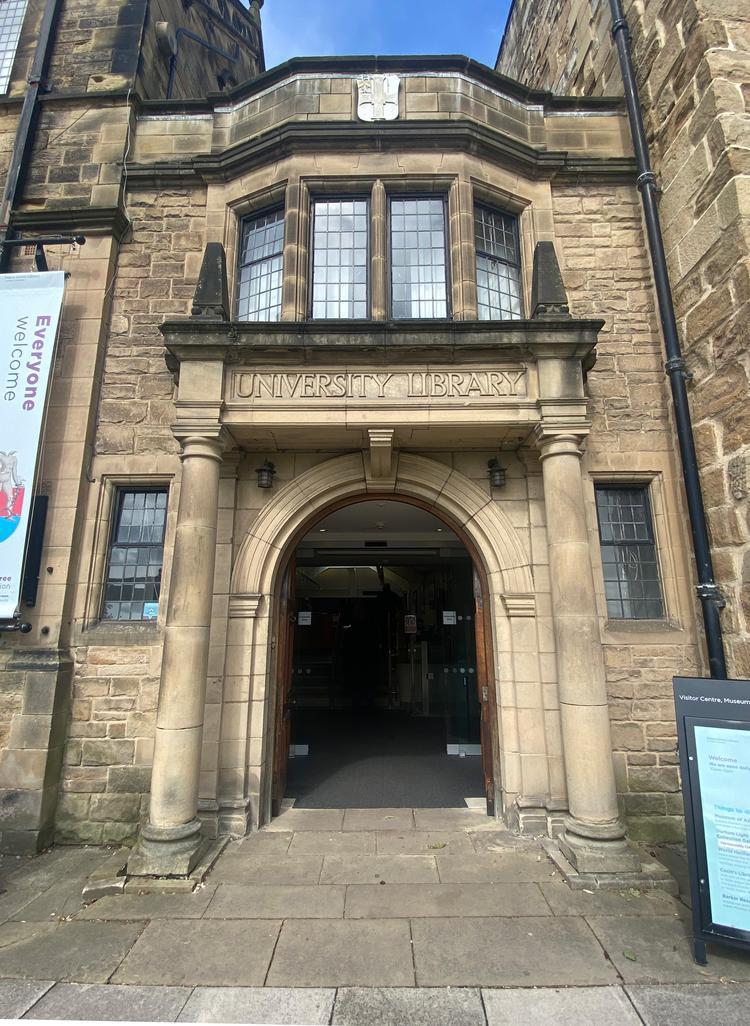
The entrance to the Palace Green Library that holds the Sudan Archive at Durham University.
This project will also supplement two other projects: the conservation project of the mosque building at Old Dongola, and the project on memories and roles of the local communities in maintaining the mosque. The on-site conservation work and the ethnographic study have been on hold since the outbreak of the conflict in 2023 in Sudan. When the conflict ends and the social situation becomes appropriate, the results of this archival-study project will be shared with local communities through an exhibition and other heritage programmes. The outcomes will also be useful for co-decision-making on the conservation of the mosque and others with local communities at Old Dongola.

